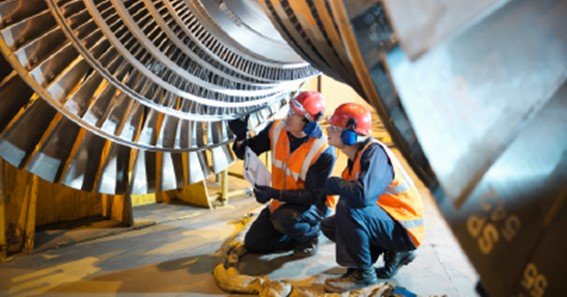Multicraft is a popular control panel for managing Minecraft servers, offering a user-friendly interface and robust features. However, users may occasionally encounter downtime issues that disrupt gameplay and server management. Understanding the potential causes and implementing effective troubleshooting steps can help maintain optimal server performance.
Common Causes of Multicraft Downtime
- Server Overload: High player activity or resource-intensive plugins can strain server resources, leading to crashes or unresponsiveness.
- Configuration Errors: Incorrect settings in server or Multicraft configurations can prevent proper operation.
- Software Conflicts: Incompatibilities between plugins, mods, or server versions may cause instability.
- Hardware Failures: Issues with the physical server hardware, such as disk failures or insufficient memory, can result in downtime.
- Network Issues: Connectivity problems, including DNS errors or network congestion, can disrupt access to the server.
Troubleshooting Steps
- Check Server Logs: Review server and Multicraft logs to identify error messages or warnings that indicate the source of the problem.
- Verify Configurations: Ensure that all server and Multicraft settings are correctly configured, paying attention to IP addresses, ports, and authentication details.
- Test Plugins and Mods: Disable all plugins and mods, then re-enable them one by one to identify any causing conflicts.
- Monitor Resource Usage: Use monitoring tools to track CPU, memory, and disk usage, ensuring the server has adequate resources.
- Update Software: Keep Multicraft, the Minecraft server, and all plugins up to date to benefit from the latest fixes and improvements.
Best Practices for Preventing Downtime
- Regular Backups: Schedule frequent backups of server data to prevent data loss during unexpected downtimes.
- Resource Allocation: Allocate sufficient resources based on expected player load and plugin requirements.
- Security Measures: Implement strong security practices to protect against unauthorized access and potential threats.
- Documentation: Maintain detailed documentation of server configurations and changes to facilitate troubleshooting.
Conclusion
Experiencing downtime with Multicraft can be challenging, but understanding common causes and applying systematic troubleshooting steps can help restore server functionality. By adhering to best practices, server administrators can minimize downtime and provide a stable gaming environment for players.
FAQ
- What should I do if my Multicraft panel is unresponsive?
- Restart the Multicraft daemon and web server, and check for any error messages in the logs.
- How can I prevent plugin conflicts in Multicraft?
- Ensure all plugins are compatible with your server version and regularly update them to the latest versions.
- What are common configuration errors that cause downtime?
- Misconfigured IP addresses, incorrect port numbers, and improper authentication settings are common issues.
- How often should I back up my Minecraft server?
- It’s recommended to perform daily backups, especially if the server has high player activity.
- Can hardware limitations cause Multicraft downtime?
- Yes, insufficient CPU, memory, or disk space can lead to server instability and downtime.










